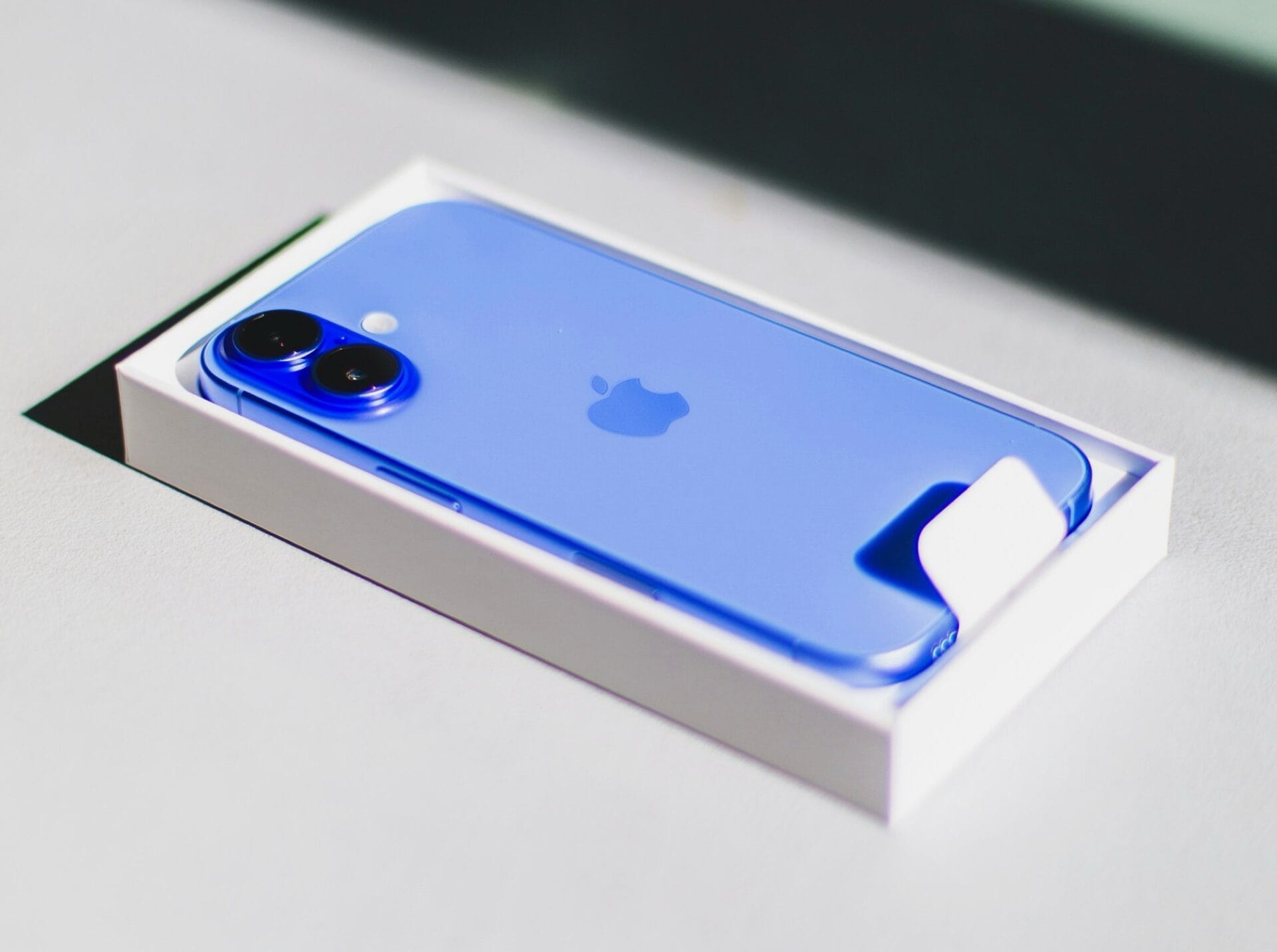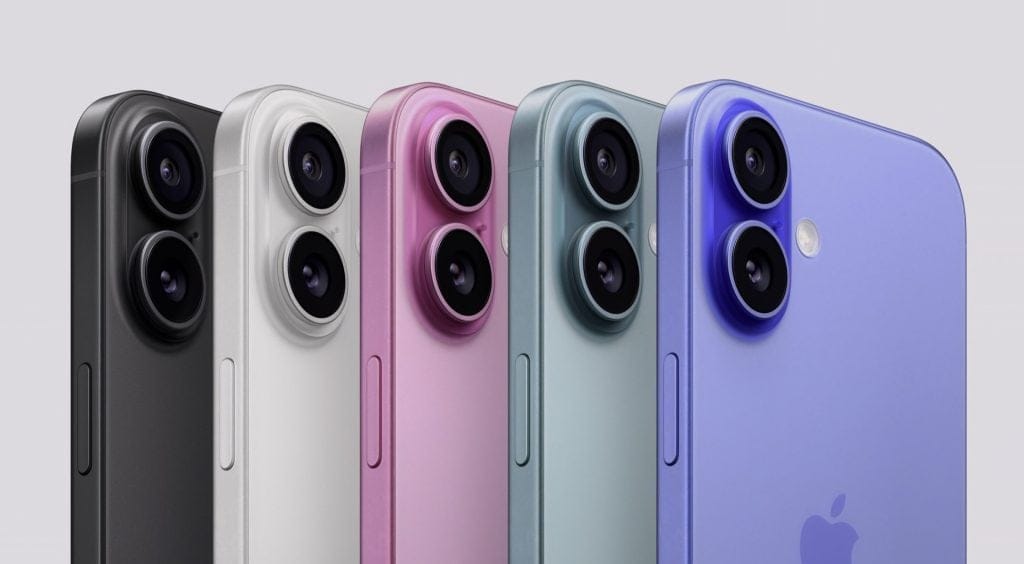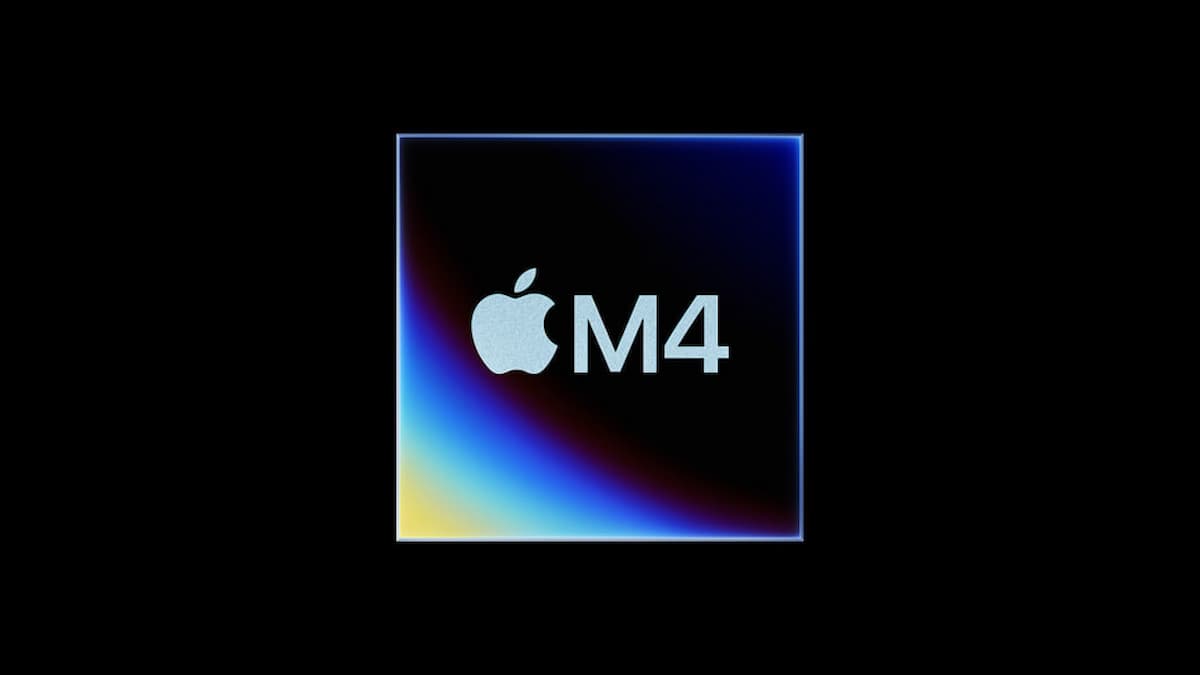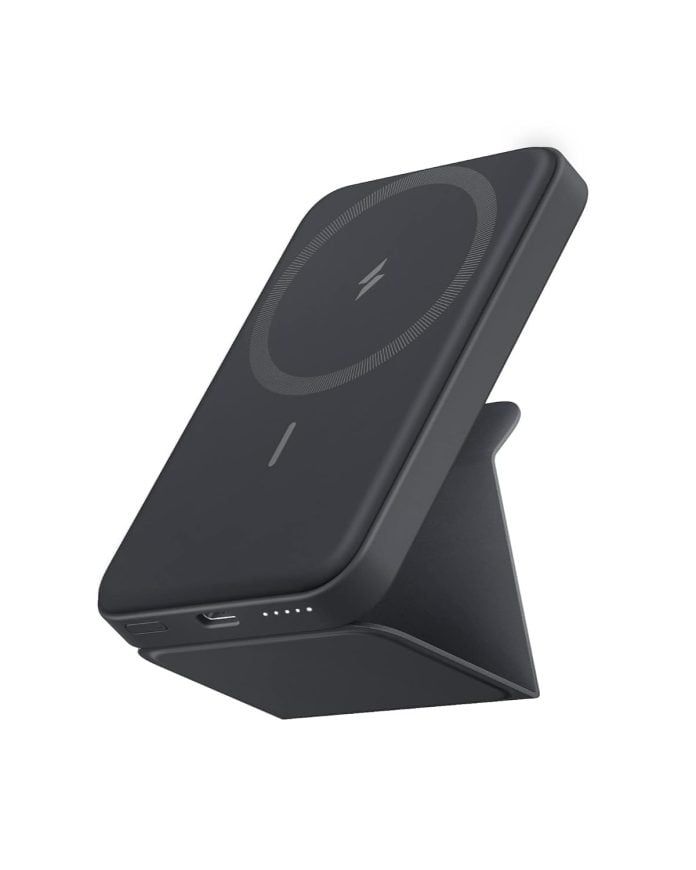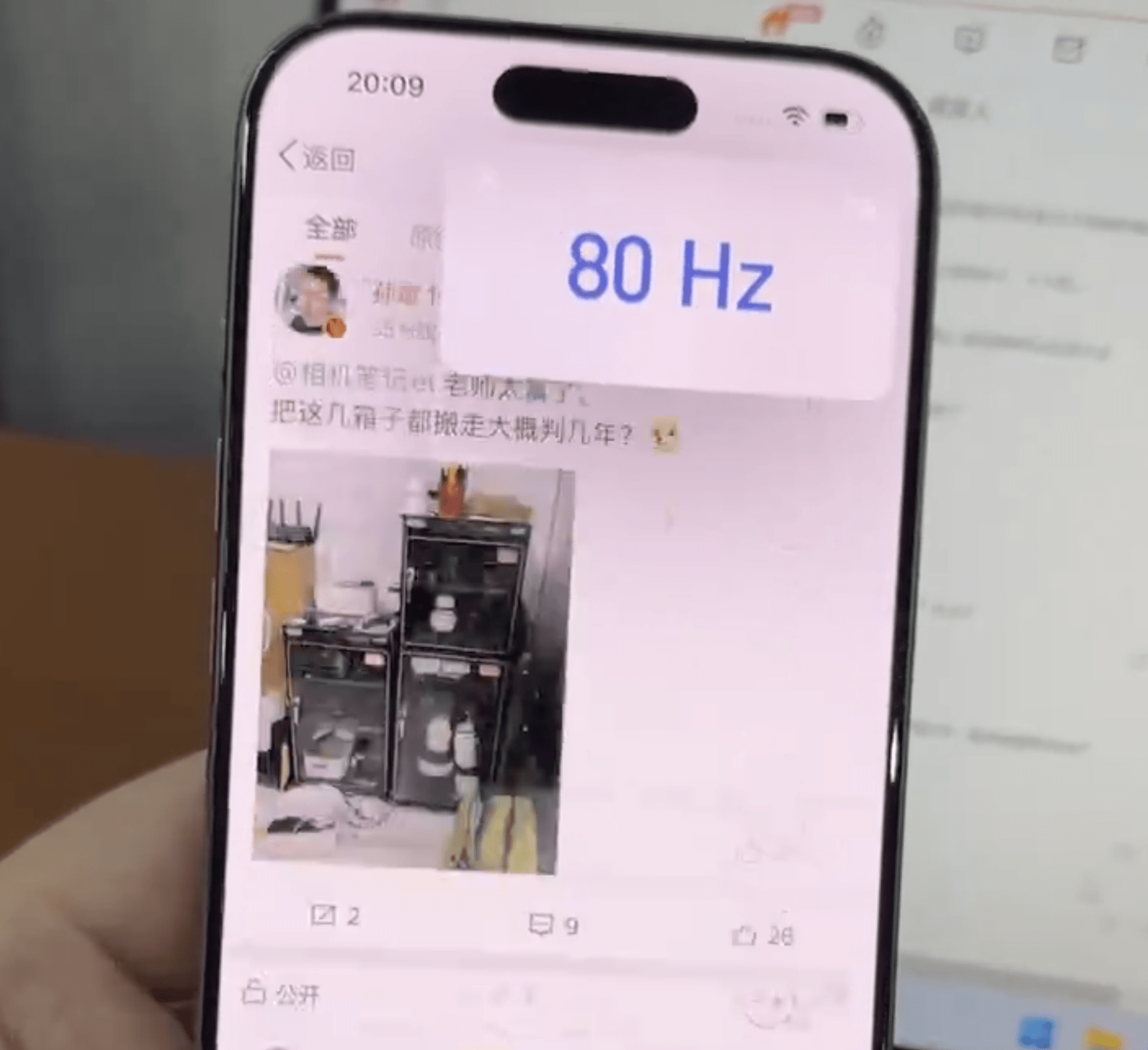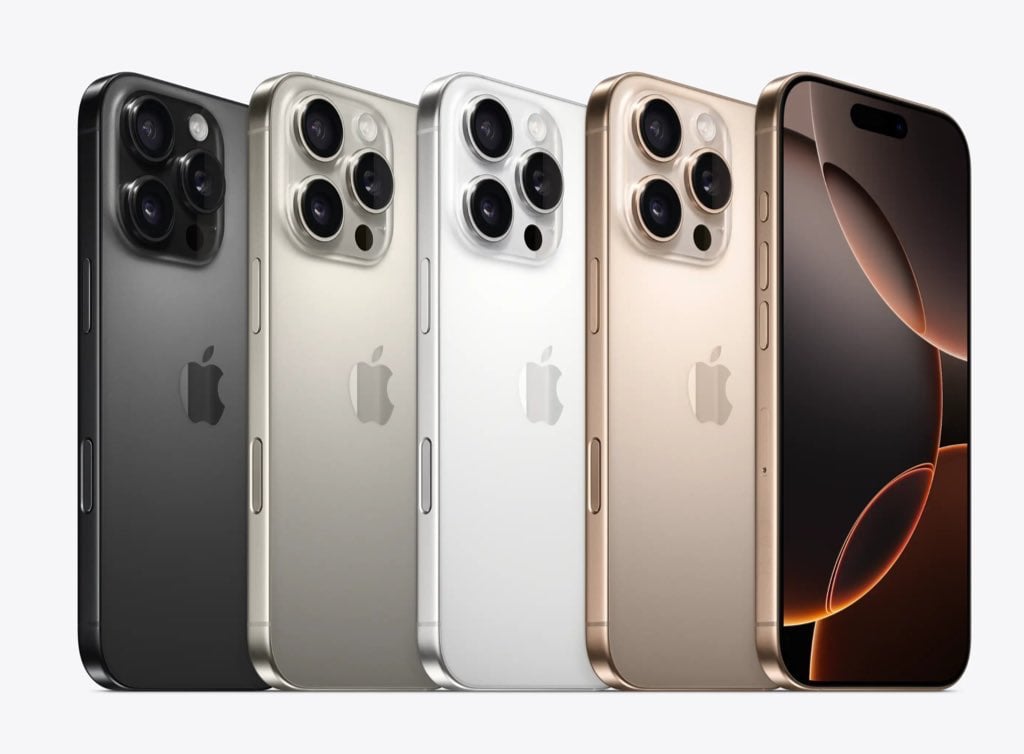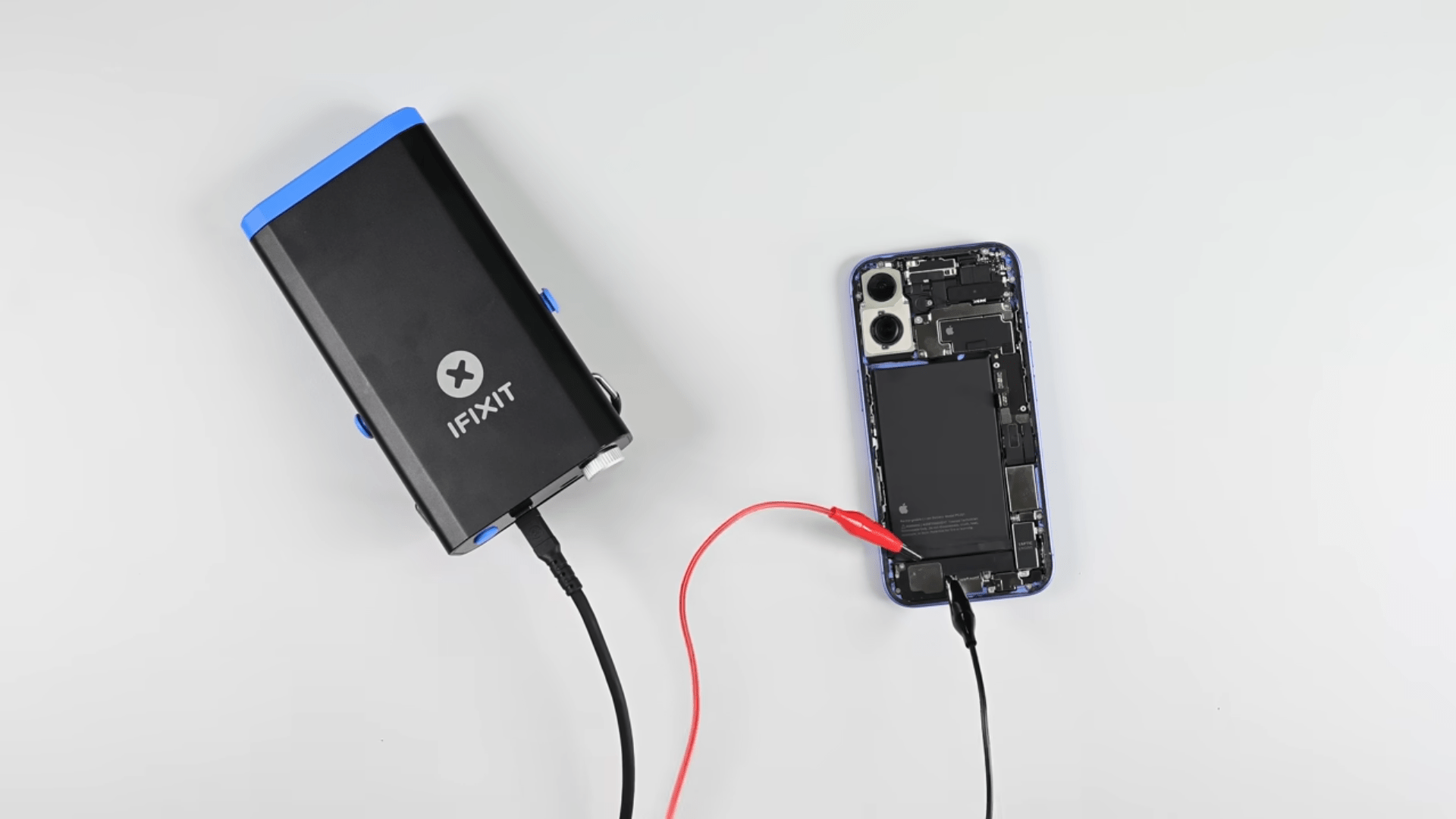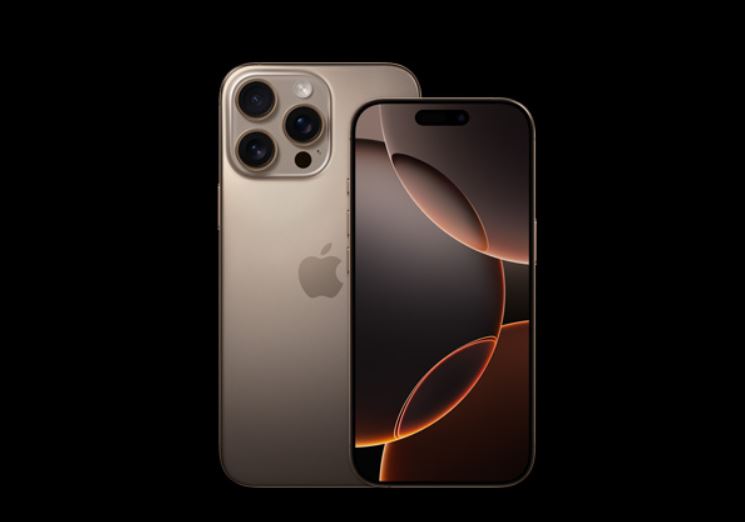Apple’s newly released iPhone 16 and iPhone 16 Pro received a mix of reactions, with many considering the flagship series to be a minor upgrade, especially in the absence of Apple Intelligence. The devices are driven by the A18 and A18 Pro chipsets, which show notable enhancements compared to previous models.
Performance Insights
Determining if these advancements can hold their ground against the rising competition in the mobile chipset market is challenging. Recent tests show that their performance is close to matching the M1 in CPU evaluations, although they fall short of the rumored Snapdragon 8 Gen 4 SoC in multi-core performance.
A recent report from Geekerwan offers a more optimistic view of the A18 and A18 Pro. Both processors demonstrate a significant advantage over the Snapdragon 8 Gen 3 in the SPEC 2017 CPU benchmark. For example, the performance of the A18 Pro’s P-cores is nearly 42% greater than that of the Cortex-X4 found in the Snapdragon 8 Gen 3, while only using 8% more power. On the other hand, the E-cores in the A18 Pro are slightly quicker than the Cortex-A720, using nearly 30% less energy.
Graphics Performance
When it comes to GPU capabilities, the A18 Pro excels in the 3D Mark’s Steel Nomad Light GPU assessment, easily outperforming all competitors in the market. Although the A18 Pro’s GPU is significantly quicker than its predecessor, the A17 Pro, the improvement in efficiency is less remarkable, leading to higher power consumption alongside its speed.
In practical gaming scenarios, the A18 Pro performs optimally in the iPhone 16 Pro Max, which is not surprising due to the larger device’s superior thermal management. Apple’s enhancements in thermal control have evidently made a positive impact, enabling better performance stability and cooler temperatures.
Gaming Performance Comparison
Specifically, the A18 Pro in the iPhone 16 Pro Max achieved a commendable 55.5 FPS, while the same chipset in the smaller iPhone 16 Pro recorded 49.5 FPS. The iPhone 16 Pro Max slightly surpassed the Dimensity 9300+ in the Vivo X100s and significantly outperformed the Snapdragon 8 Gen 3 in the Xiaomi 14 Pro. However, the Redmagic 9S Pro emerged as the leader, achieving an impressive 59.9 FPS, but at the cost of higher power usage. Once again, Apple’s chipsets excel in efficiency.
Of course, the CPU and GPU performance of smartphones depend on numerous factors, and their significance is not as pronounced as in PCs. While synthetic benchmarks can indicate generational progress, the true usability and quality of a smartphone cannot be fully assessed through lab tests alone. Therefore, only detailed evaluations from experts can provide insight into the actual experience the new flagship iPhones will deliver.

